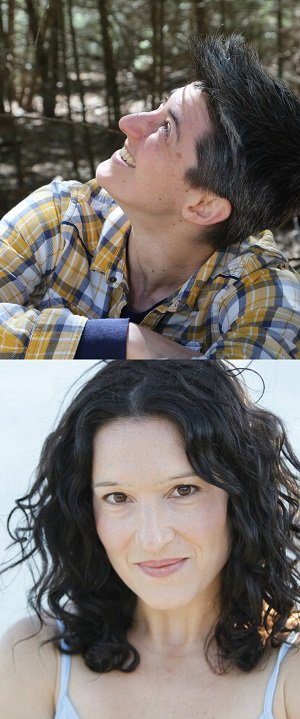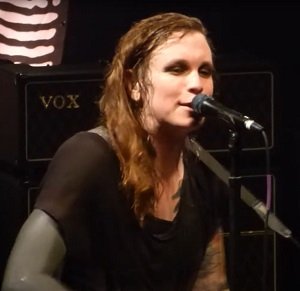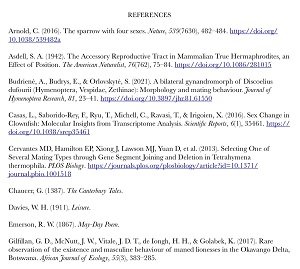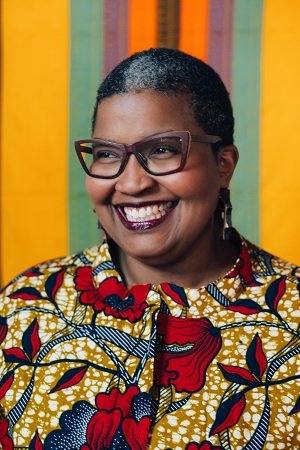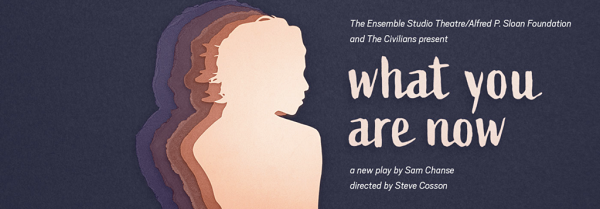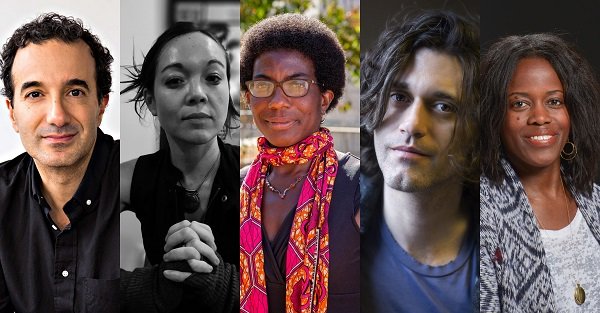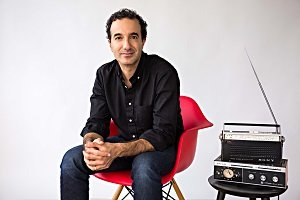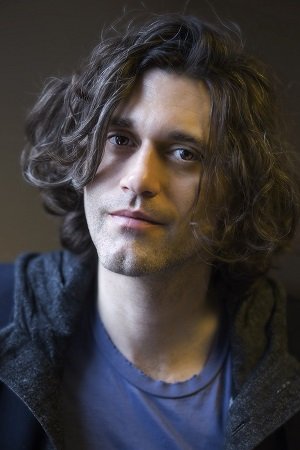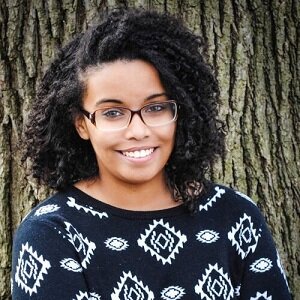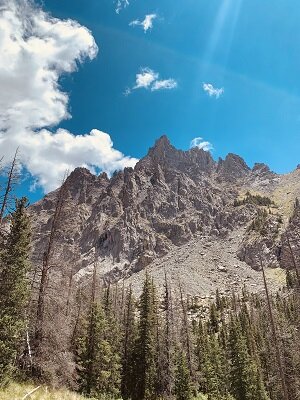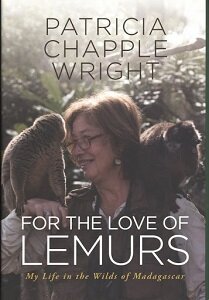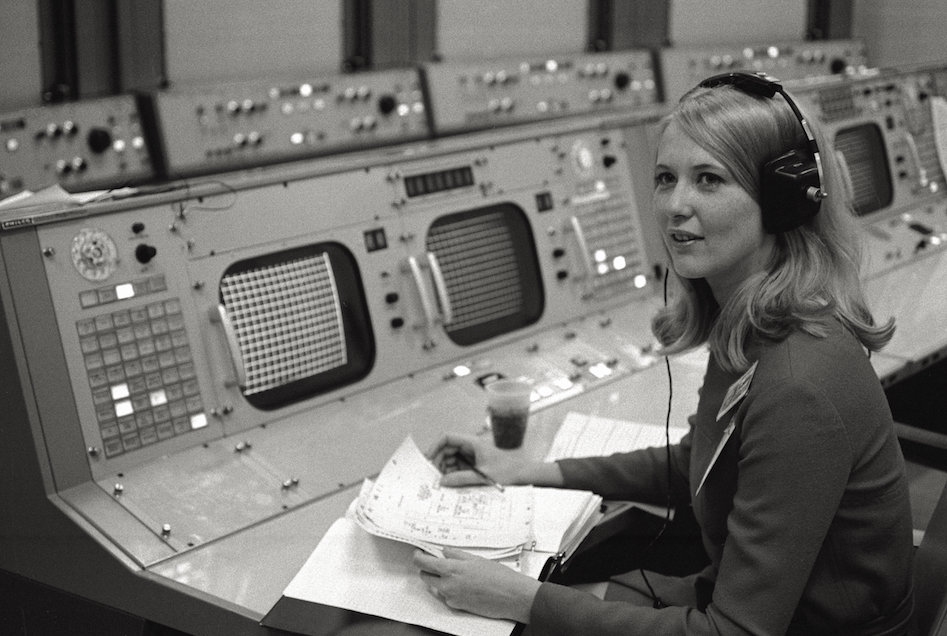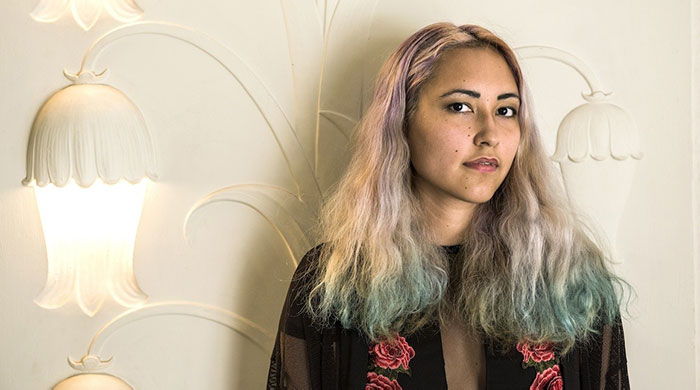Our 60+ years of exploring outer space have been defined by “missions” but what is the mission of our time? Drawing on the experiences of women pilots and astronauts over the past 100 years, S P A C E, the lively and thought-provoking new play written by L M Feldman and directed by Larissa Lury, revisits the challenges, joys, and inequities of what we have achieved so far and asks us to imagine what could be different.
S P A C E will have its first public reading this Thursday, June 15 at 3:00 PM at the Ensemble Studio Theatre as part of the 2023 EST/Sloan First Light Festival. The reading is free and reservations are encouraged.
Taking time out from a hectic last week of rehearsals and rewrites, co-creator Larissa Lury kindly answered our many questions.
(Interview by Rich Kelley)
How did S P A C E come to be?
About a decade ago, my partner showed me an article about thirteen pilots who underwent the medical tests for astronauts in the earliest years of the space program, and it sparked me, because it looked like a rare moment in history when technological advancement and the movement towards a more equitable society aligned—and then that fell apart. A few years later, when L and I first met and started brainstorming projects we might develop together, this idea and the idea that became L’s play THRIVE, OR WHAT YOU WILL were the two that rose to the top of the list.
The process for developing S P A C E has been extremely collaborative, with L and I sometimes working together outside of the typical “lanes” for a director and a playwright, inventing the process as we go. We’ve also been extremely lucky to work with villages of collaborators, including ensembles of brilliant actors and dramaturgs, who have contributed a lot to making this play what it is.
Why this play? Why now?
We’re inspired by the ideas of Dr. Mae Jemison and 100 Year Starship. Their idea is that by setting a currently impossible mission (in this case to travel outside of our star system in the next 100 years), we begin to define and develop the practices, values, and technology necessary in the moment and place we are in, here and now. The characters in S P A C E are inspired by folx who spent/are spending their lives redefining what’s possible. The play looks at the forces at work in our world that we want to tap into, push against, or leave behind, and the capabilities and potential we have to do that. It wrestles with what questions we need to ask ourselves to define and pursue the mission of what world we want to live in and how we want to live in it.
The characters in S P A C E span quite a range of women aviators, from Bessie Coleman in the 1920s to Jackie Cochran in the 1940s to Sally Ride in the 1980s, Mae Jemison in the 1990s, and Christina Diaz Hernandez and Jasmin Moghbeli today. What do they have in common? Do you have a favorite?
I can’t pick a favorite—too many amazing people in the mix. I would say what they have in common is that flying, and/or space (whether traveling through human spaceflight or through a rover), connects with a sense of self-actualization for them. Several of the characters in this play have found stunning ways of creating paths where there weren’t any, or have found their ways around barriers that would stop most people. By seeing through their eyes, we can start to share the imagination and vision that makes the realization of the seemingly impossible possible. Bessie Coleman, for example, was born to a mother who worked as a maid and a father who worked as a sharecropper. Her father, who was Cherokee, left her family to live back in Oklahoma, where he hoped he would experience less prejudice. When no flight school in the U.S. would accept her because she was a Black woman, she learned French, and flew to Paris, only to arrive a week after the flight schools there had been closed to women. She traveled to the North of France, got her pilot’s license there, went to Germany to learn from WWI flying aces, and returned to the US, where she performed aerobatics that stunned the public. She used her popularity to desegregate the spaces she performed in. She described the sky as the one place free from prejudice.
In addition to being a playwright, one (or both) of you are also circus performers. Do you envision productions of S P A C E to involve elements of the circus?
One of the things that brought L and I together as collaborators is the fact that we think about storytelling physically in addition to verbally. Earlier ideas for the play involved full-on acrobatics—hoop diving, spring boarding, etc. As the play has evolved, it became important to us to be able to tell this story with an ensemble of actors who are not necessarily acrobats, and some of those physical gestures have been replaced by language that would make those gestures redundant. However, we are still all about the physicality of this playworld and integrating physical feats that give us the sense of playfulness and awe the play is asking for.
How do you visualize members of the cast “floating” onstage?
We got to play with some of the physicality of the world with an amazing ensemble of actors as a part of a Next Stage residency with The Drama League. There’s a version of this play where actors are suspended in the air, but there’s also an exciting version of the play where the audience is let in on the playfulness of it all, and we get to evoke space the way five-year-olds do, and the liberation of that is a part of the feeling of the scene. There are also some extraordinary ways of achieving “floating” by supporting each other’s weight or giving individual body parts a quality of weightlessness.
Some action in the play takes place in a parallel universe. Are you hopeful that things would be better in a parallel universe—or are we likely to recreate the same problems?
Maybe we can let the play speak to that ;-). That’s a conversation I would love to have with folx after they see the play. I wonder whether they will find hope in it or something else.
What appeals to you about outer space?
When it comes to The Unknown, what our imaginations project onto it, the way we approach it, and what questions it sparks for us all reflect back to us something about who we are, what we value, and what we believe is possible. The fact that in learning about space, we need to shift entire mental constructs—like our concept of time as a dimension, our understanding of the ways in which forces act on one another, and our ideas about what boundaries exist and are, how energy moves, and the idea of infinity—makes thinking about it extremely compelling to me. In even thinking about space, and definitely in exploring it, we have to question ourselves and things we fundamentally hold true.
So much of the way we’ve been approaching space exploration as earthlings, but especially as Americans, frightens me. It parallels many of the mistakes humans have made along the way when approaching what is new to them; we are colonizing, throwing trash “away” without a second thought, because of a sense that what is vast seems unlimited. We are allowing people with the most money to make decisions about who gets to access what, and we are proceeding as if our own notions about what kinds of matter matters are givens.
And yet, there is so much potential for us to approach this differently, to learn new ways of conceiving of the known world by asking the questions that the currently “Unknown” to us invites in our imaginations.
S P A C E is one of seven readings of new plays in development as part of the EST/Sloan Project in this year’s First Light Festival, which runs until June 22. All readings are free, but reservations are encouraged. The festival is made possible through the alliance between The Ensemble Studio Theatre and The Alfred P. Sloan Foundation.


